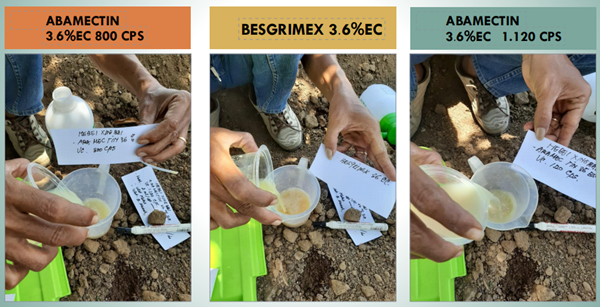
Nov . 02, 2024 19:57 Back to list
chlorpyrifos 10
Chlorpyrifos A Persistent Concern in Agriculture and Public Health
Chlorpyrifos is a broad-spectrum organophosphate insecticide that has been widely used in agriculture for decades. First registered for use in the United States in 1965, it has played a crucial role in enhancing crop yields by effectively controlling a variety of pests. However, its benefits have come under scrutiny due to growing concerns about its potential health risks to humans, wildlife, and the environment.
Chlorpyrifos A Persistent Concern in Agriculture and Public Health
In 2015, the U.S. Environmental Protection Agency (EPA) proposed a ban on chlorpyrifos for agricultural use, citing considerable evidence of its harmful effects. However, the decision faced political pushback, delaying definitive action. As of 2020, the EPA under the Trump administration announced that they would not revoke the pesticide’s registration, prompting widespread public outcry and legal challenges.
chlorpyrifos 10

In contrast, various states have taken the initiative to limit or ban the use of chlorpyrifos. In California, for instance, regulators moved to prohibit its use as of 2020, reflecting a growing trend among states to prioritize public health over agricultural chemicals. This raises important questions about the balance between agricultural productivity and safety. As alternative pest control methods, including integrated pest management (IPM) and organic farming practices, gain traction, the dependency on chlorpyrifos may continue to wane.
Internationally, the debate surrounding chlorpyrifos is also evolving. Countries like the European Union have already banned its use, signaling a shift towards more stringent agricultural regulations. The growing body of research on the adverse effects of chlorpyrifos has put pressure on regulatory bodies worldwide to re-evaluate its safety.
In conclusion, while chlorpyrifos has significantly contributed to agricultural success, its associated risks cannot be overlooked. The burgeoning awareness of its potential health implications calls for a reassessment of its use in farming practices and highlights the urgent need for safer alternatives. As we navigate the complexities of pest management, it is imperative to prioritize the health and safety of all individuals while ensuring sustainable agricultural practices.
-
Topramezone Herbicide: Selective & Powerful Weed Control for Corn
NewsAug.24,2025
-
Powerful Fungicide for Optimal Crop Health & Yield Protection
NewsAug.23,2025
-
Azoxystrobin Fungicide: Advanced Crop Protection Solutions
NewsAug.22,2025
-
Willowood Imidacloprid: Best Broad-Spectrum Insecticide Solution
NewsAug.22,2025
-
Atrazine Herbicide: Selective & Effective Weed Control for Sale
NewsAug.21,2025
-
Azoxystrobin: Broad-Spectrum Fungicide Solutions
NewsAug.11,2025
